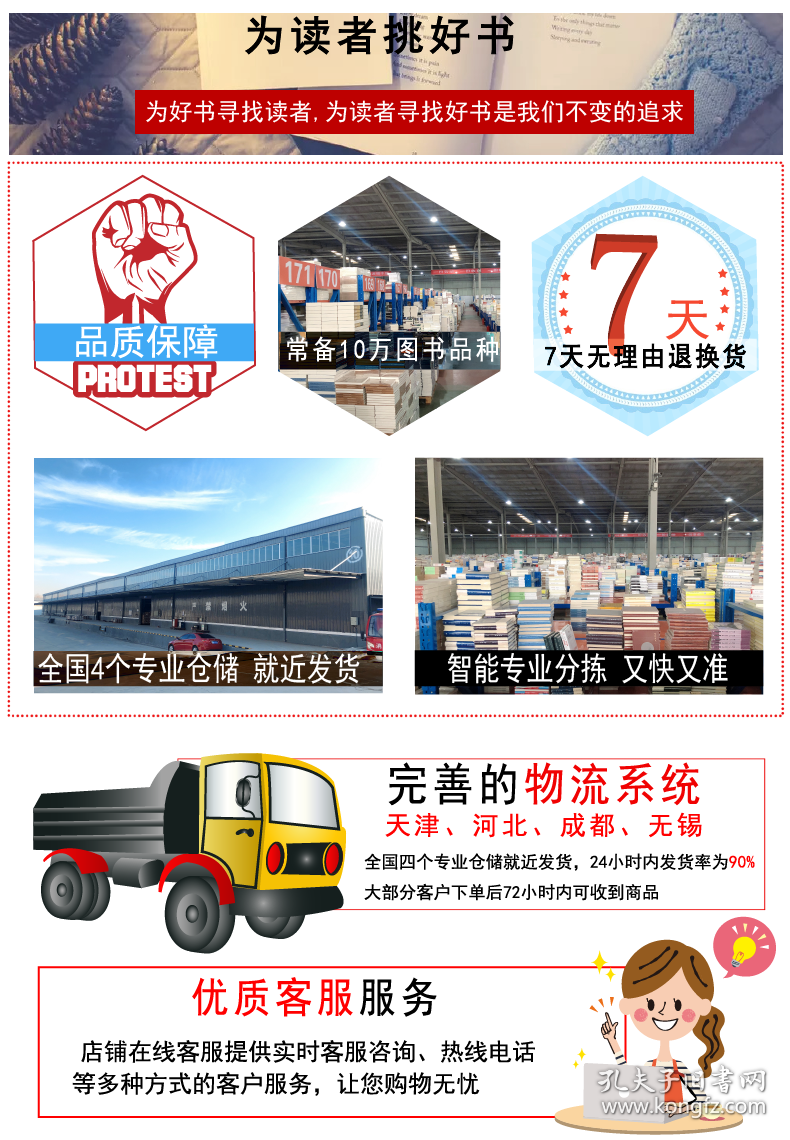
敏捷实践指南 项目管理 作者
none
¥ 36.85 5.4折 ¥ 68 全新
仅1件
北京丰台
认证卖家担保交易快速发货售后保障
作者作者
出版社电子工业出版社
ISBN9787121341069
出版时间2018-05
版次1
装帧平装
开本16
页数167页
字数270千字
定价68元
货号xhwx_1201705823
上书时间2024-11-13
- 在售商品 暂无
- 平均发货时间 27小时
- 好评率 暂无
- 最新上架
商品详情
- 品相描述:全新
- 正版特价新书
- 商品描述
-
目录:
1. introduction 1
2. an introduction to agile 7
2.1 definable work vs. high-uncertainty work 7
2.2 the agile manifesto and mindset 8
2.3 lean and the kanban method 12
2.4 uncertainty, risk, and life cycle selection 13
3. life cycle selection 17
3.1 characteristics of project life cycles 18
3.1.1 characteristics of predictive life cycles 20
3.1.2 characteristics of iterative life cycles 21
3.1.3 characteristics of incremental life cycles 22
3.1.4 characteristics of agile life cycles 24
3.1.5 agile suitability filters 25
3.1.6 characteristics of hybrid life cycles 26
3.1.7 bined agile and predictive approaches 27
3.1.8 predominantly predictive approach with some agile ponents 28
3.1.9 a largely agile approach with a predictive ponent 28
3.1.10 hybrid life cycles as fit-for-pure 29
3.1.11 hybrid life cycles as transition strategy 30
3.2 ming agile approaches 31
3.3 project factors that influence tailoring 32
4. implementing agile: creating an agile environment 33
4.1 start with an agile mindset 33
4.2 servant leadership empowers the team 33
4.2.1 servant leader responsibilities 34
4.2.2 role of the project manager in an agile environment 37
4.2.3 project managers use servant leadership 38
4.3 team ition 38
4.3.1 agile teams 39
4.3.2 agile roles 40
4.3.3 generalizing speists 42
4.3.4 team structures 43
4.3.5 dedicated team members 44
4.3.6 team workspaces 46
4.3.7 overing organizational silos 47
5. implementing agile: delivering in an agile environment 49
5.1 charter the project and the team 49
5.2 mon agile practices 50
5.2.1 retrospectives 50
5.2.2 backlog preparation 52
5.2.3 backlog refinement 52
5.2.4 daily standu 53
5.2.5 demonstrations/reviews 55
5.2.6 nning for iteration-based agile 55
5.2.7 execution practices that help teams deliver value 56
5.2.8 how iterations and increments help deliver working product 57
5.3 troubleshooting agile project challenges 57
5.4 measurements in agile projects 60
5.4.1 agile teams measure results 61
6. organizational considerations for project agility 71
6.1 organizational change management 71
6.1.1 drivers for change management 73
6.1.2 readiness for change 73
6.2 organizational culture 75
6.2.1 creating an environment of safety 75
6.2.2 assessing culture 75
6.3 procurement and contracts 77
6.4 business practices 79
6.5 multiteam coordination and dependencies (scaling) 80
6.5.1 frameworks 80
6.5.2 considerations 80
6.6 agile and the project management office (pmo) 81
6.6.1 an agile pmo is value-driven 81
6.6.2 an agile pmo is invitation-oriented 81
6.6.3 an agile pmo is multidisciplinary 82
6.7 organizational structure 83
6.8 evolving the organization 84
7. a call to action 87
annex a1
pmbok? guide mapping 89
annex a2
agile manifesto mapping 97
annex a3
overview of agile and lean frameworks 99
appendix x1
contributors and reviewers 115
appendix x2
attributes that influence tailoring 119
appendix x3
agile suitability filter tools 125
references 139
bibliography 141
glossary 149
index 157
内容简介:
本书是美国项目管理协会新发布的敏捷实践标准,它是理解、评估和使用敏捷和混合的敏捷方法的资源。该实践指南为何时、何地以及如何应用敏捷方法提供指导,并为希望增强敏捷的实践者和组织提供实用工具。本指南是与pmi其他标准一致,包括项目管理知识体系指南(pmbok指南第六版),是pmi与敏捷联盟合作开发的成果,是pmi推出的敏捷认证教材之一。
作者简介:
projectmanagementintitute(项目管理协会)是优选项目管理领域的非营利机构,致力于项目管理体系、方法的研究、应用与推广,其制定的“项目管理知识体系指南”已成为优选认可的项目管理标准。
— 没有更多了 —
















以下为对购买帮助不大的评价